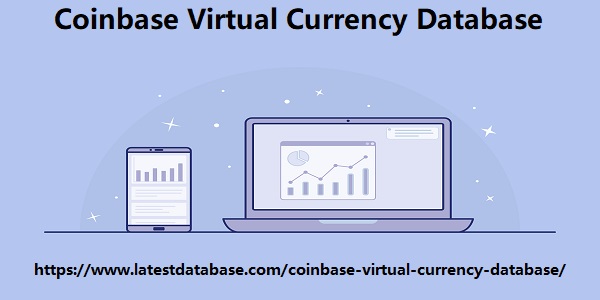Post by account_disabled on Feb 25, 2024 8:58:06 GMT
With partners to promote products and services to their database. Example: company A, streaming films and series, created an email marketing action that it would like to send to the mailing list of company B, a local cinema chain that sells tickets online. This mailing list is obviously made up of people who are interested in films, so it is a target audience of great interest to company A. Company A then contacts company B proposing a partnership for this marketing action . In order for the email marketing campaign resulting from this partnership to comply with the personal data protection practices proposed by the LGPD, the email marketing must be sent by company B, owner of the database, presenting company A as your partner.
In this case, there is no sharing of databases between companies and, even so, company A is able to communicate with company B's audience. The email marketing that is the subject of this action should, ideally, contain 3 forms of opt-out: Opt-out of sending company A's mailing list, in which the recipient stops receiving any marketing email sent by A; Opt-Out of content related to company B, the sender's partner, in which the recipient stops receiving only emails sent by A that talk about company B; Opt-out of any partner company of Coinbase Virtual Currency Database company A, which is the sender and holder of the database; In this option, the recipient informs that they only want to continue receiving marketing emails from company A, and not emails from their commercial partners. Note that, in addition to the regular opt-out of the sender base, it would be interesting to offer the possibility of unsubscribing from partner emails: the one in particular, which the email is about, and any other partner that the sender may associate with.

LIST-UNSUBSCRIBE PATTERN Finally, learn about the opt-out pattern implemented by many sending platforms in their systems: list-unsubscribe. It is a snippet of code that is suggested to be present in the header of all email marketing messages. Many companies, both sending platforms and email servers, have adopted the use of list-unsubscribe, and even Gmail recommends it in their Bulk Sender Guidelines . Using this pattern in the message header causes email servers to recognize it as an opt-out method for your mailing and, in some email programs that also support it, an opt-out button or link will be displayed to the recipient next to your sender and Subject information. This way, the recipient can request an opt-out through their email program's interface, rather than scanning the entire message until they find the link to unsubscribe from the emails. Among the best-known email programs that use list-unsubscribe are Gmail, Outlook.com, Yahoo! and AOL Mail.
In this case, there is no sharing of databases between companies and, even so, company A is able to communicate with company B's audience. The email marketing that is the subject of this action should, ideally, contain 3 forms of opt-out: Opt-out of sending company A's mailing list, in which the recipient stops receiving any marketing email sent by A; Opt-Out of content related to company B, the sender's partner, in which the recipient stops receiving only emails sent by A that talk about company B; Opt-out of any partner company of Coinbase Virtual Currency Database company A, which is the sender and holder of the database; In this option, the recipient informs that they only want to continue receiving marketing emails from company A, and not emails from their commercial partners. Note that, in addition to the regular opt-out of the sender base, it would be interesting to offer the possibility of unsubscribing from partner emails: the one in particular, which the email is about, and any other partner that the sender may associate with.

LIST-UNSUBSCRIBE PATTERN Finally, learn about the opt-out pattern implemented by many sending platforms in their systems: list-unsubscribe. It is a snippet of code that is suggested to be present in the header of all email marketing messages. Many companies, both sending platforms and email servers, have adopted the use of list-unsubscribe, and even Gmail recommends it in their Bulk Sender Guidelines . Using this pattern in the message header causes email servers to recognize it as an opt-out method for your mailing and, in some email programs that also support it, an opt-out button or link will be displayed to the recipient next to your sender and Subject information. This way, the recipient can request an opt-out through their email program's interface, rather than scanning the entire message until they find the link to unsubscribe from the emails. Among the best-known email programs that use list-unsubscribe are Gmail, Outlook.com, Yahoo! and AOL Mail.
